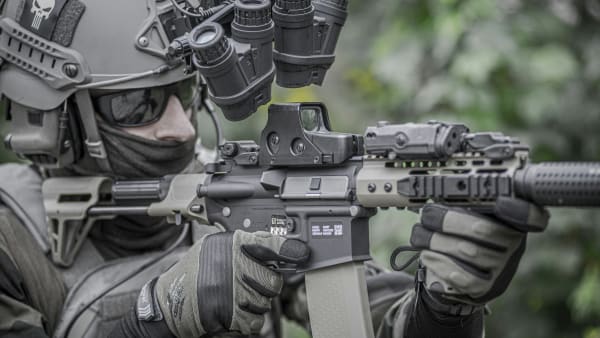Understanding military enlistment can seem like an intimidating process, especially when you don't have the right information. The Enlistment Process Guide is here to demystify the journey and empower those considering service with the knowledge they need to make informed decisions.
Exploring the Enlistment Process
Enlistment starts with an idea. Perhaps you are considering the military because of a family tradition, educational benefits, or the desire to serve your country. No matter your motivations, understanding the Enlistment Process Guide will make the journey less daunting.
Eligibility Criteria
Before you consider enlistment, you need to meet the basic eligibility criteria. These requirements vary by branch, but typically include:
- Being a U.S. citizen or resident alien
- Age limits (generally 17-39, but varies by branch)
- High school diploma or GED equivalent
- Meeting medical, moral, and physical standards
- Passing the Armed Services Vocational Aptitude Battery (ASVAB)
ASVAB Preparation
The ASVAB is a multiple-aptitude test that helps identify which Army jobs (Military Occupational Specialties) are best for you. Various resources are available to support your ASVAB preparation:
- Online practice tests: These provide a glimpse of the actual test and help gauge your readiness.
- Study guides: Available at local bookstores or online, these guides cover various sections of the ASVAB.
- Community classes: Many local community colleges offer ASVAB prep classes.
Recruitment Visit
After this, your next step would be to locate your nearest recruitment office for the branch of the military you are interested in. During this visit, prepare yourself with questions regarding daily military life, potential career paths, and recruitment terms and conditions. Don't hesitate to ask for clarifications.
Military Entrance Processing Station (MEPS)
Eligibility meets desire at the MEPS. Here, recruitments are finalized, ensuring the military fits you and vice versa. The MEPS process generally involves:
- Medical exam: This includes vision, hearing, and blood tests, and a general physical exam.
- Job counseling: Based on your ASVAB scores, the service counselor will advocate for the needs of the service while matching them with your desires and capabilities.
- Enlistment decision & Oath of Enlistment: Once your job selection is made, you'll proceed to the swearing-in ceremony where you will commit to serving your country.
Delayed Entry Program (DEP)
Once sworn in, most recruits become part of the DEP. This allows individuals to delay active duty (and job training) by up to one year. During this time, contact with the chosen branch will be frequent and preparation for boot camp should begin.
Basic Combat Training (BCT)
BCT, often referred to as boot camp, immerses recruits in the military way of life. Over a series of weeks, recruits will receive training in various aspects:
- Physical conditioning: This includes running, calisthenics, obstacle courses, and basic tactical movements.
- Classroom instruction: These sessions cover military justice, Army history, and basic first aid.
- Field tasks: Recruits learn how to fire weapons, navigate with a compass, and perform other essential military duties.
Following the successful completion of BCT, service members will proceed to specialized training in their respective career fields. This guide hopes to clarify the stages and expectations associated with the Enlistment Process Guide. Armed with this knowledge, you are better prepared to make a decision about enlisting in the military.
The decision to enlist offers the pursuit of new opportunities, personal development, and an unwavering commitment to serving a cause larger than one's self. It's not an easy journey but understanding the Enlistment Process Guide is a useful tool in making an informed decision about military service. You're not just joining the military; you're embarking on a journey characterized by honor, commitment, and the opportunity to make a difference.
This guide does not encompass every detail or potential individual circumstances. It's advisable to seek advice from trusted family members, community contacts, or recruiters to navigate your particular situation. The Enlistment Process Guide is a framework, a starting point - and the rest of your military narrative is yours to write.




